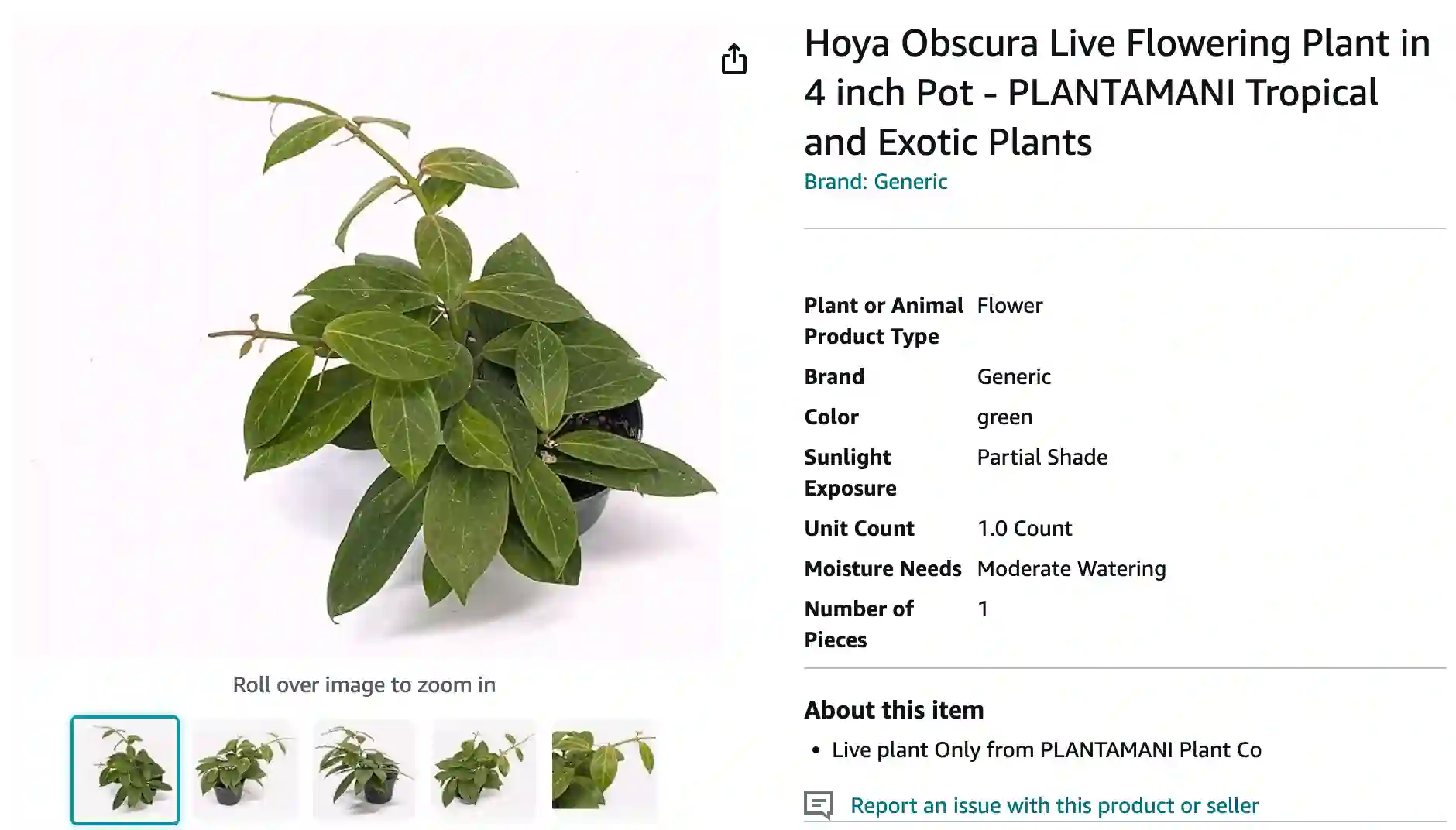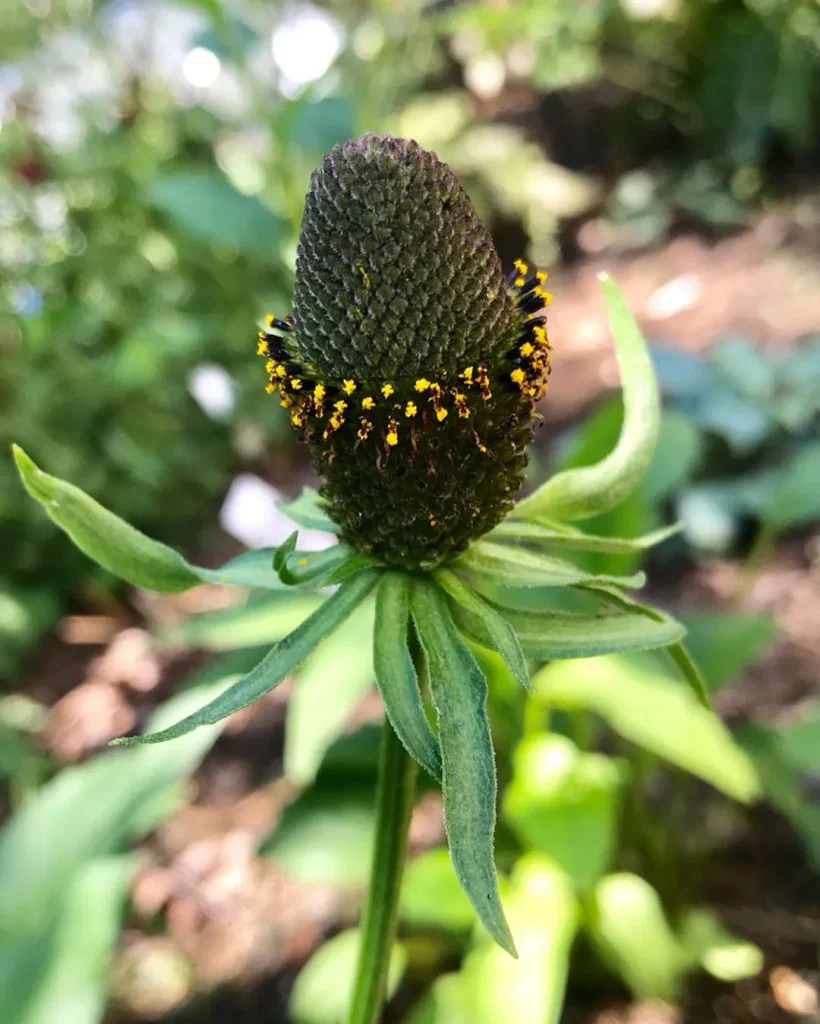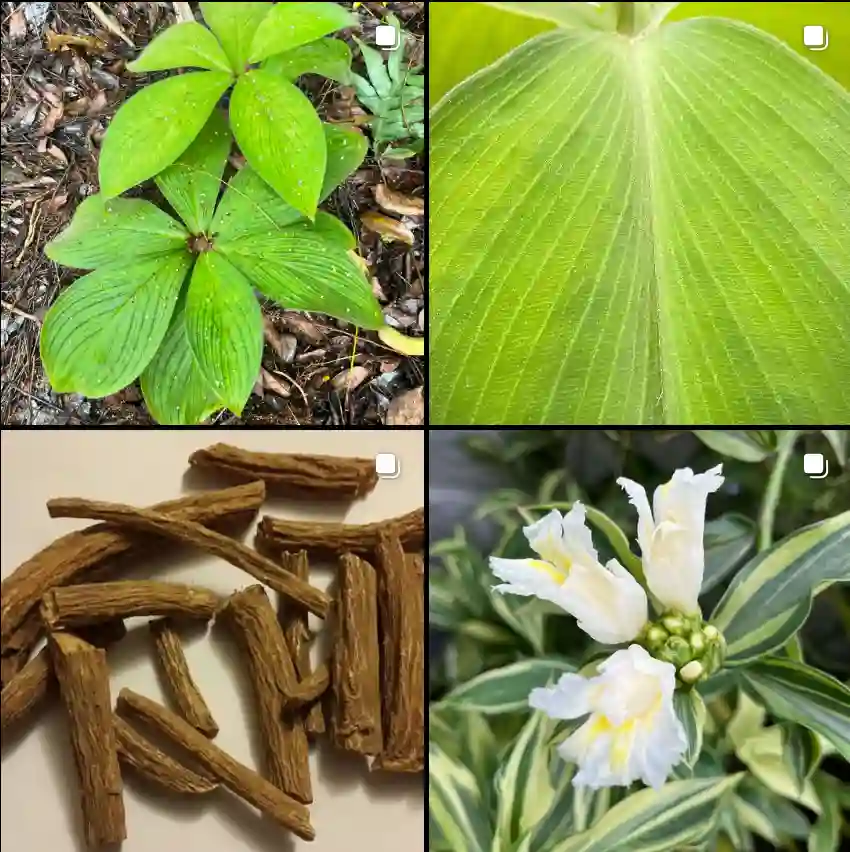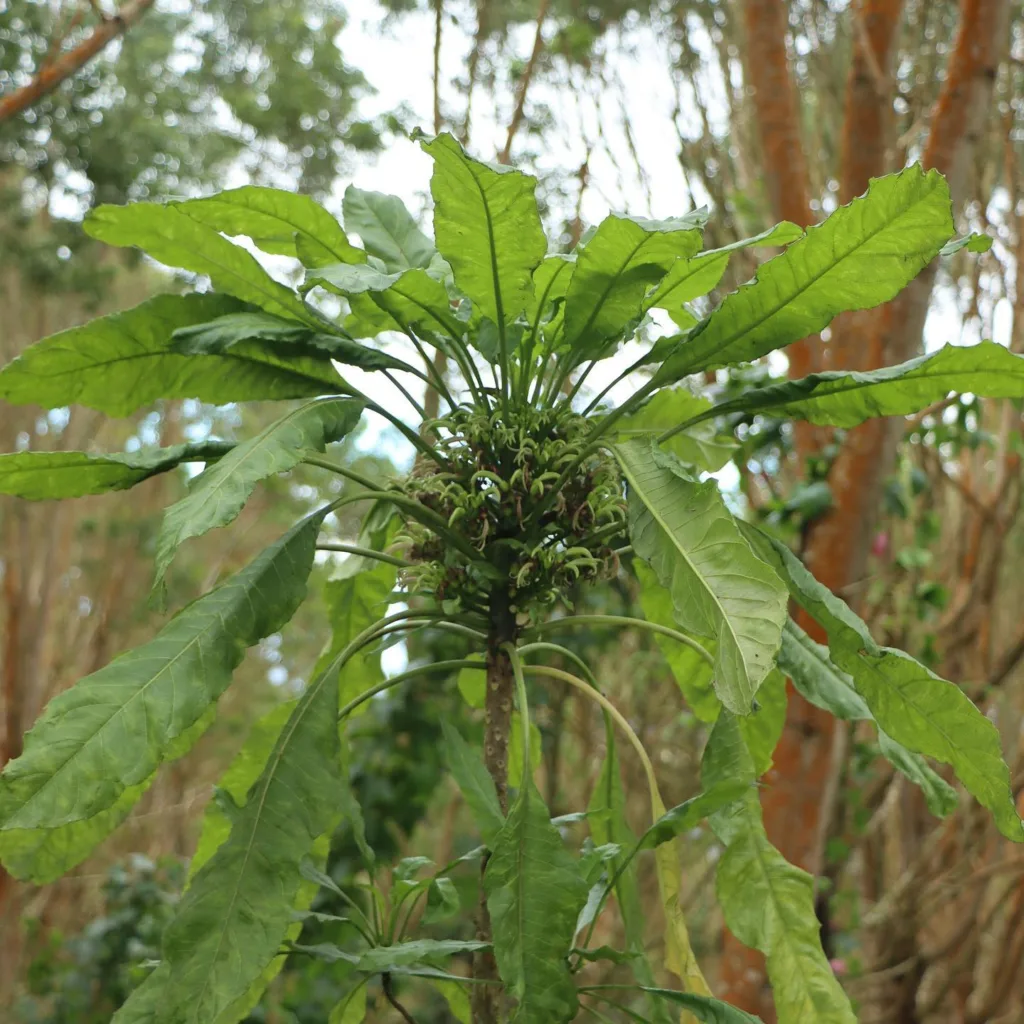
Hoya Obscura: Unveiling the Beauty and Care of This Enchanting Vine
Hi, Ferb Vu here. Today, we’re diving into the world of the Hoya Obscura, a captivating vine prized for its unique foliage and fragrant blooms. Whether you’re a seasoned plant parent or a curious newcomer, this guide will equip you with the knowledge to cultivate this tropical wonder.
566 Species in Genus Hoya
Hoya Obscura vs Sunrise
For the longest time, I thought my sunrise Hoya was just that – a sunrise. Lush, emerald leaves with a delicate network of lighter green veins running through them, it brought a touch of vibrancy to my bookshelf. But then, a friend with a keen eye for Hoyas dropped a bombshell: it was actually a Hoya Obscura!
Since then, I’ve been scrutinizing both plants like a hawk. The truth is, they’re like fraternal twins. They both have that captivating speckled look and seem to thrive on the same neglectful watering schedule I dole out (perfect for a forgetful plant parent like me!). However, there’s a subtle difference. My sunrise Hoya’s leaves seem to have a sharper point at the tip, while the Obscura’s leaves have a rounder, almost heart-shaped edge. It’s a faint distinction, but noticeable once you start looking for it.
The jury’s still out on which one I prefer. The Obscura might have a more whimsical leaf shape, but the sunrise’s vibrant green just pops in a way the Obscura’s slightly darker hue doesn’t. Honestly, the biggest difference for me right now is the constant internal debate about which one I actually have!
Light: Illuminating the Hoya Obscura’s Needs
The Hoya Obscura thrives in bright, indirect sunlight. Imagine a spot that receives dappled morning sun or indirect light throughout the day. Avoid harsh afternoon sun, which can scorch the leaves.
Can it tolerate low light? While it tolerates lower light conditions, growth might be stunted, and flowering is less likely.
Comparison to Hoya Krimson Queen: Both Hoyas prefer bright, indirect light. However, the Krimson Queen can tolerate slightly more direct sun, which enhances its vibrant red foliage.
Watering: Finding the Golden Ratio
The Hoya Obscura isn’t a thirsty plant. It prefers deep, infrequent watering. The key is to let the soil dry completely between waterings. Stick your finger into the soil – if the top inch feels dry, it’s watering time.
Overwatering is the enemy: Excess moisture can lead to root rot. Signs of overwatering include yellowing leaves, mushy stems, and stunted growth.
Comparison to Pothos: Pothos enjoys consistently moist soil, while the Hoya Obscura prefers drying out between waterings.
Soil: The Foundation for Growth
A well-draining potting mix is crucial for the Hoya Obscura. Opt for a mix specifically formulated for orchids or cacti, or create your own by combining potting soil with perlite or orchid bark for optimal drainage.
Signs of improper drainage: If water pools on top of the soil or drains out slowly, repotting with a better-draining mix is necessary.
Comparison to Snake Plant: Both plants appreciate well-draining soil, but the Snake Plant tolerates even drier conditions than the Hoya Obscura.
Temperature and Humidity: Creating a Tropical Oasis
The Hoya Obscura thrives in warm temperatures, ideally between 65°F and 80°F (18°C and 27°C). It also appreciates moderate to high humidity levels (around 50-70%). Here are some tips to increase humidity:
- Group plants together
- Use a pebble tray with water
- Invest in a humidifier
Comparison to Monstera Deliciosa: Both plants prefer warm temperatures, but the Monstera can tolerate slightly cooler conditions. The Monstera also thrives in moderate humidity, but can adapt to lower levels.
Fertilizing: Fueling Growth (Optional)
While not essential, feeding your Hoya Obscura a balanced fertilizer during the growing season (spring and summer) can promote lusher foliage and more frequent blooms. Opt for a diluted fertilizer solution once a month. Avoid fertilizing during winter when the plant is dormant.
Signs of overfertilization: Leaf tips turning brown or yellow could indicate fertilizer burn. Flush the soil with water to remove excess salts.
Comparison to African Violet: Both plants benefit from occasional fertilization, but African Violets require a specific fertilizer formula.
Common Problems and Solutions
Yellowing leaves: This could be due to overwatering, underwatering, or lack of light. Adjust your watering routine and provide brighter indirect light.
Mealybugs: These tiny white insects suck sap from the plant. Treat them with insecticidal soap or neem oil spray.
Scale: These armored insects appear as bumps on the leaves or stems. Use a cotton swab dipped in alcohol to remove them manually.
Not flowering: Insufficient light or infrequent fertilization could be the culprits. Ensure adequate light and consider fertilizing during the growing season.
Propagation: Sharing the Obscura Love
The Hoya Obscura can be propagated through stem cuttings. Take a healthy stem with a few nodes, remove the lower leaves, and dip the cut end in rooting hormone (optional). Plant the cutting in a well-draining potting mix and keep it moist but not soggy.
Patience is key: Rooting can take several weeks.
Comparison to Jade Plant: Both plants can be propagated through stem cuttings, but the Jade Plant propagates slightly faster.
Conclusion: The Allure of the Hoya Obscura
With its captivating foliage and fragrant blooms, the Hoya Obscura is a captivating addition to any plant collection. By following these simple care tips, you can cultivate a thriving Hoya and witness its enchanting beauty firsthand. Remember, the key lies in providing bright, indirect light, well-draining soil, and infrequent watering. With a little TLC, your Hoya Obscura will reward you with years of enjoyment.
If i die, water my plants!



